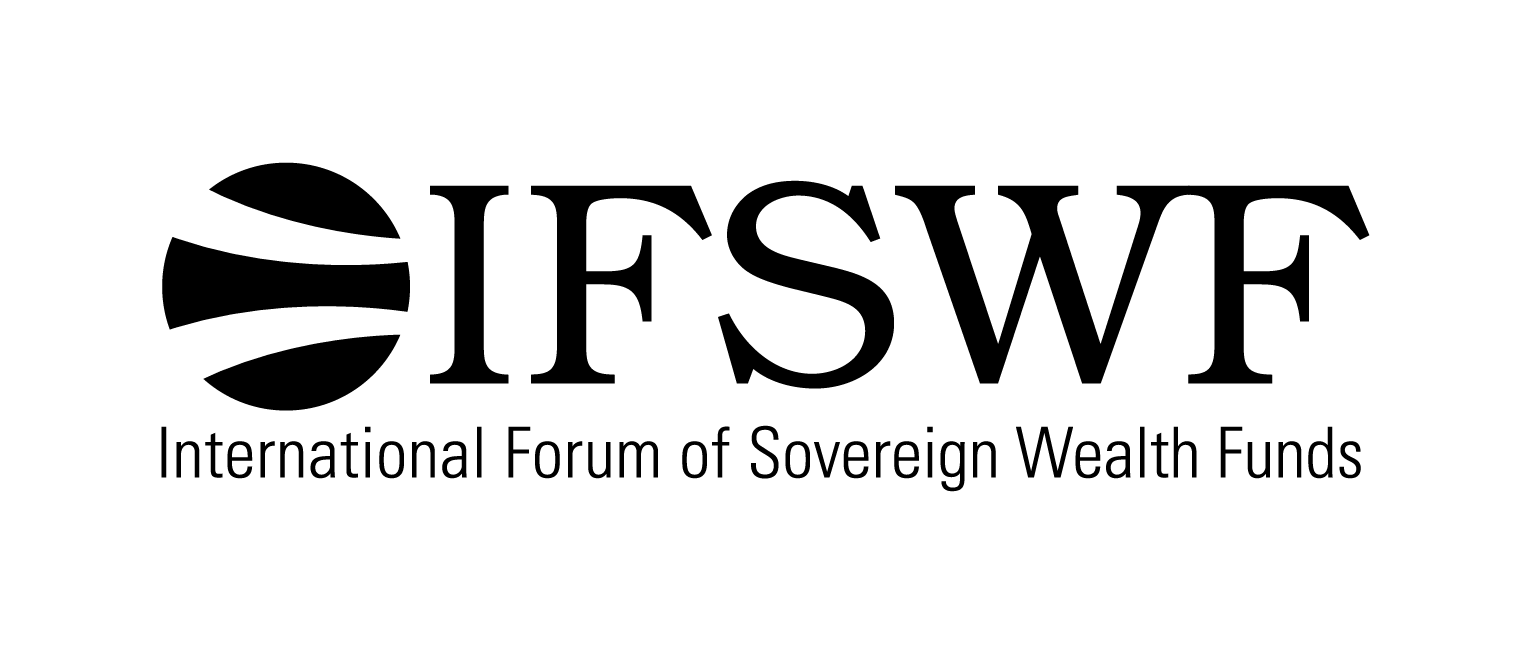|
Speakers |
Shanthi Divakaran, World Bank (Presentation) |
|
|
Eugene O’Callaghan, Ireland Strategic Investment Fund (Presentation) |
|
|
Ahmad Zulqarnain Onn, Khazanah Nasional Berhad |
|
|
Patrick Schena, Fletcher School, Tufts University |
Sovereign development funds have started to proliferate since the financial crisis as fiscally constrained governments seek to harness the investment fund model to build infrastructure and catalyse economic diversification and growth.
The double bottom line
A defining feature of sovereign development funds is that they have a so-called double bottom line: the requirement to deliver both financial returns and economic development improvements. Balancing these requirements can be challenging, but measuring it can be even more so. How do you measure the development impact of their investments?
But how to go about this difficult task? The suggestion from the panel was that the cleanest way was to report the two bottom lines separately. The financial returns are reported using standard financial metrics. The development impact is more challenging as measurement requirements from stakeholders have become more granular. Metrics cited included collating gross value added, jobs created, turnover, exports etc. But gathering this is far from straightforward, particularly as sovereign development funds tend to have a large – if not all – of their portfolios invested in illiquid assets, where there are no real data points. Consequently, these funds often need to use qualitative methods to assess the financial and development impact of their investments.
Ensuring that stakeholders understand a long-term investment horizon is also key as the impact of a sovereign development fund will compound over time. One of the speakers flagged up the importance of having a clearly defined set of strategic objectives, and putting a value on these strategic or development outcomes as these will dictate how much a fund is willing to invest in individual projects.
Strong and independent governance structures are also key to ensuring that the double bottom line is maintained, and that financial returns are not compromised for political leaders’ development objectives.
The benefits
Why are sovereign development funds attractive for governments? The most important aspect discussed in the workshop was attracting private-sector investment into strategic sectors and major projects. This ability has benefits to both parties, not only does it help governments attract the growing amount of private AUM looking for above-market investment returns, particularly in infrastructure. On the other hand, a government-linked partner might also be able to originate projects and privatisations that private capital couldn’t do on its own.
For private-sector capital, collaborating with a sovereign development fund may de-risk a project and thus improve the risk-return characteristics of an investment, making it more attractive. Co-investors get a degree of comfort knowing that the government partner may be able to offer implicit guarantees on issues such as regulation, planning etc. If the government has capital at risk it has a greater interest in seeing the project succeed. But these benefits also work the other way; for the sovereign development fund having private-sector capital involved in a project may also reduce the opportunity for any political interference that may compromise the financial returns on offer.

